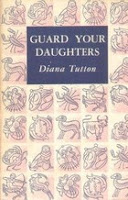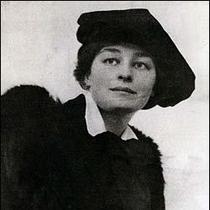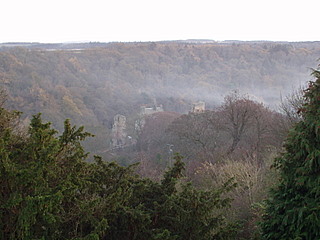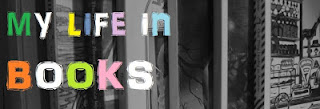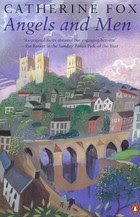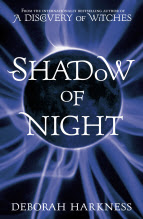Posts
Showing posts from 2012
R.I.P.VII: Down on the Farm by Charles Stross
- Get link
- X
- Other Apps
Upside-Down; or, Love Among the Ruins by Denis Mackail
- Get link
- X
- Other Apps
The Princess Priscilla's Fortnight by Elizabeth von Arnim
- Get link
- X
- Other Apps
